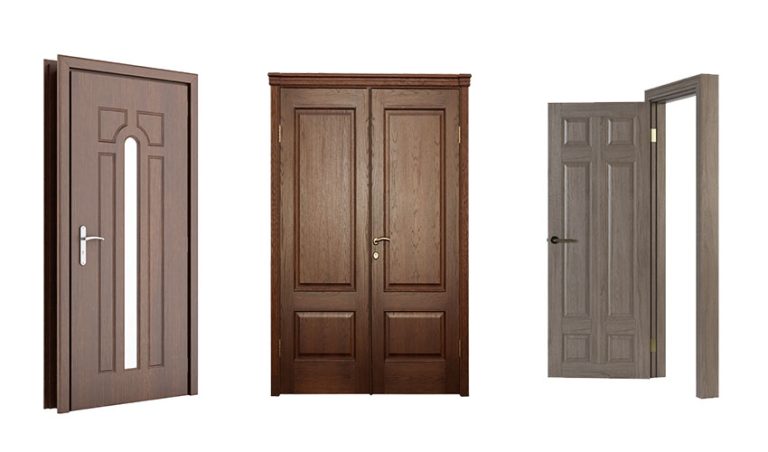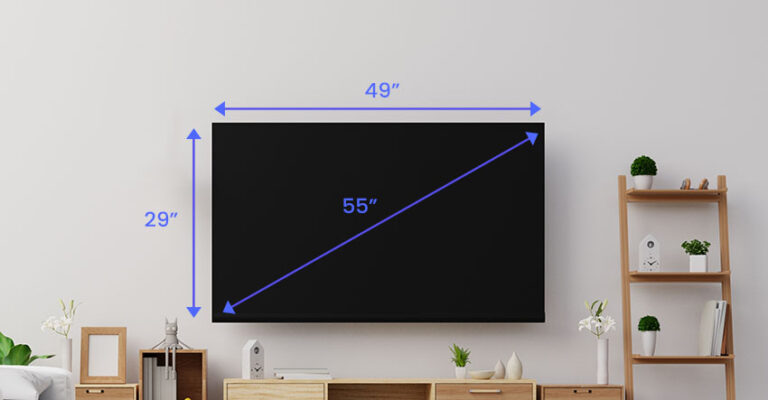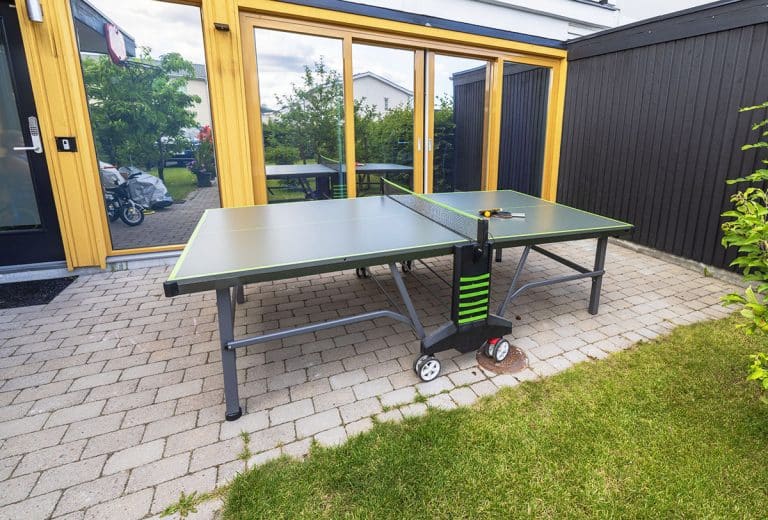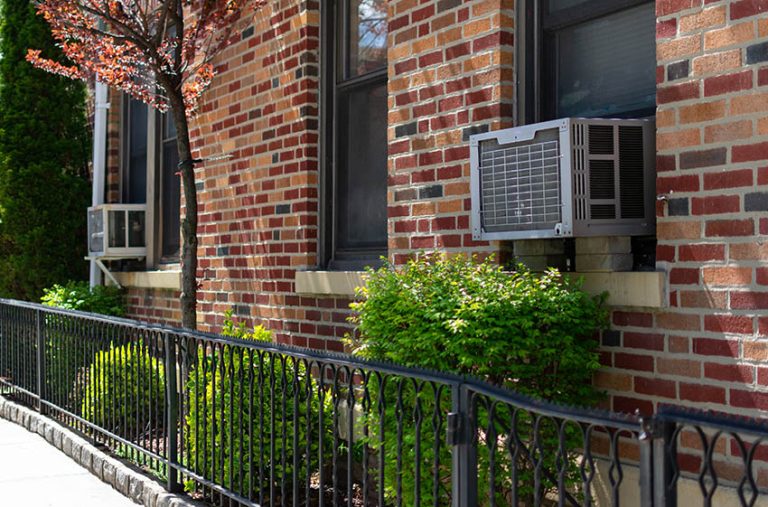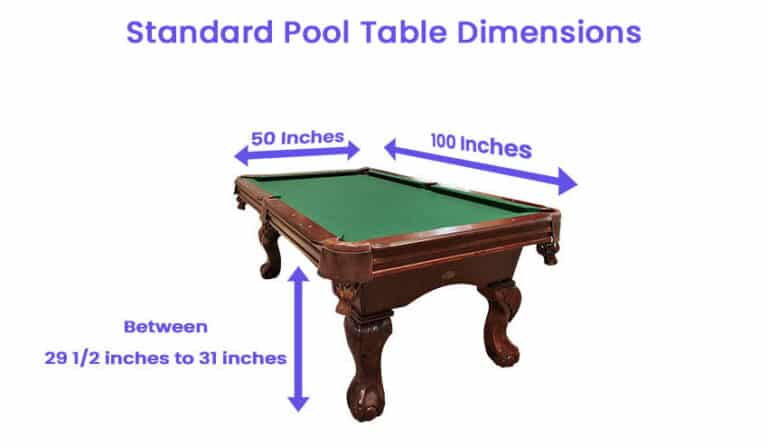What Desk Size Do You Need? Dimensions Guide
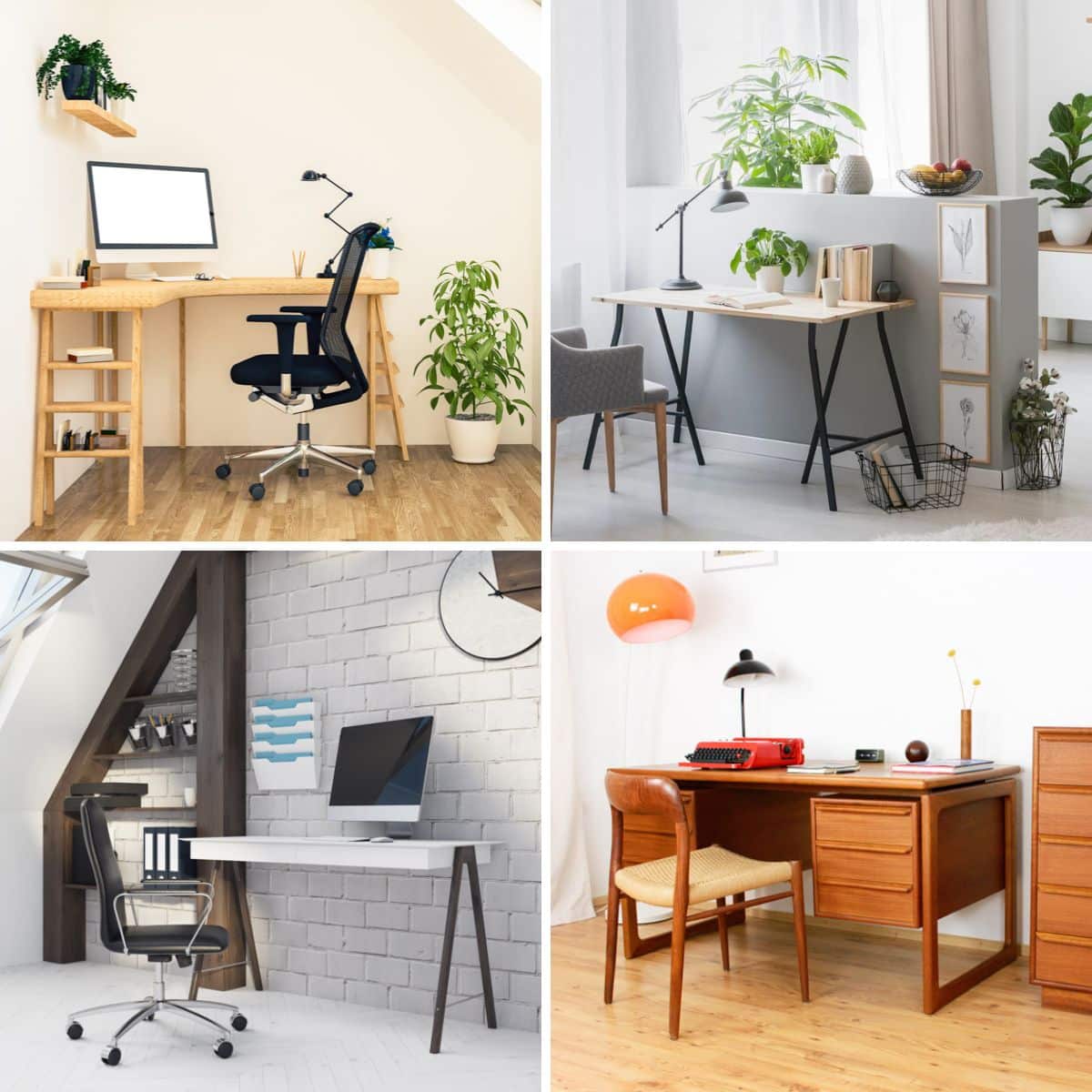
Millions worldwide work from home right now; many people work from the dining room table, doing work and studying at this moment. The typical home office needs a computer (or a laptop), file storage, a printer, a chair, and a little space to write in. How do we determine your ideal desk size when commercially sold desks are made in all shapes, sizes, and configurations?
Some options are constructed for sitting, and others are meant for standing. Some have a fixed height, but you can find those with adjustable height, too. You will find options with shelving units, additional storage space, and other design elements. Which aspects are most important for you? Think about them to help you decide which type to invest in because they have to do with what is essential for you and what you want to do with it. In this guide, we put together information about typical dimensions to help you on your quest to find a suitable option for you.
Standard Desk Dimensions
Typically, an adult with an average height between 5.5 feet and 6 feet should practically have a desk around the height of 28- 30 inches. This height permits you to sit comfortably underneath, fitting your knees, feet, and thighs with space for you to fiddle a little, and this height will also allow you to sit comfortably without hunching down.
If you are much taller than the average, around 6 inches more or above, ergonomic height-adjustable types with a height above 30 inches are available for your consideration.
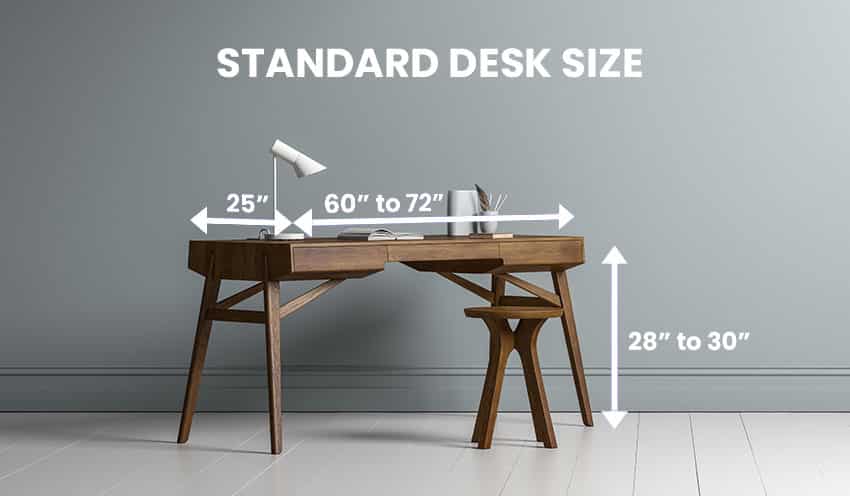
Length of a Desk
The standard length is about 60 inches long. They typically can be found in lengths from 60 inches to 72 inches.
Desk Width
The minimum width for any type should be 25 inches; this size is big enough to fit a regular-sized 20-inch monitor — anything less, and will require effort to use it for much of anything involving a computer screen.
Standard Office Desk Sizing
Standard office or executive desks should have the largest workspace and the most storage options. This type would commonly have a large desktop monitor in the middle with a pillar for added writing space on each side.
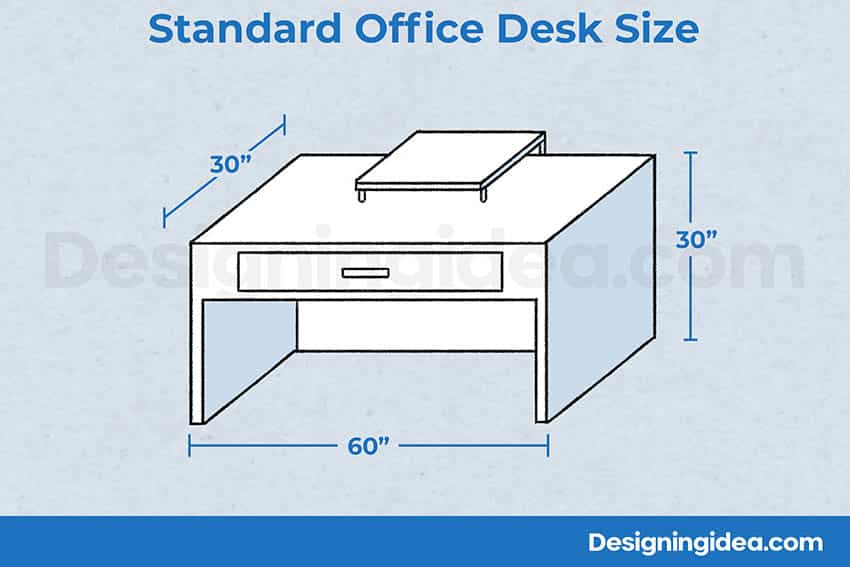
A typical office desk width is usually 60 inches with a depth and height of about 30 inches or even larger. This size offers a maximum workstation setup that could fit a computer monitor (or a laptop), keyboard, a writing area, and a lamp on some occasions. It could also have additional storage underneath for pens, pencils, phone, charger, stapler, calendar or other accessories.
The three most popular standard sizes have a width of 48″, 60″ and 72″.
The 48″ wide size is large enough for most home offices that work with a laptop with a mouse and keyboard. The 60″ wide is suitable for a desktop workstation with double monitors. The 60″ size is also a great pick for standing types.
Computer Desk Measurements
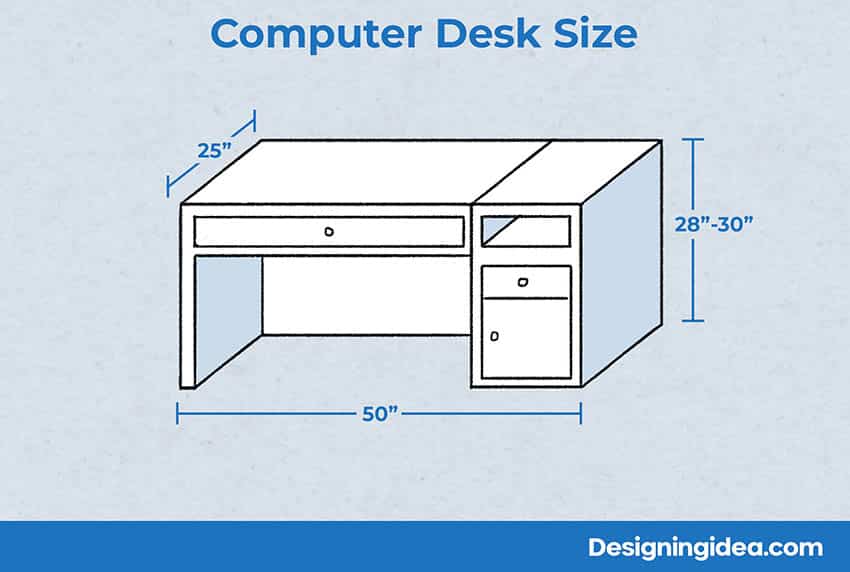
The standard computer desk has 50 inches in width, a height of 28-30 inches, and a depth of 25 inches. The depth should be generous enough to fit a computer monitor, a keyboard, and a mouse.
Computer workstations require planning and careful specification of furniture to help prevent unneccesary physical trauma to employees. – Designing Commercial Interiors, Christine M. Piotrowski, Elizabeth A. Rogers, IIDA
These types are usually seen in the library, in children’s study rooms, and in-home offices and are characterized by their space-saving capabilities. There are computer desks created to fit in a closet and incredible space-saving models that use every vertical and horizontal inch with a pull-out tray to house your keyboard and mouse.
Desk against-the-wall and corner types have become an efficient subset of the computer desk family, offering a wide array of designs and possibilities.
Size of Desk for Two Monitors
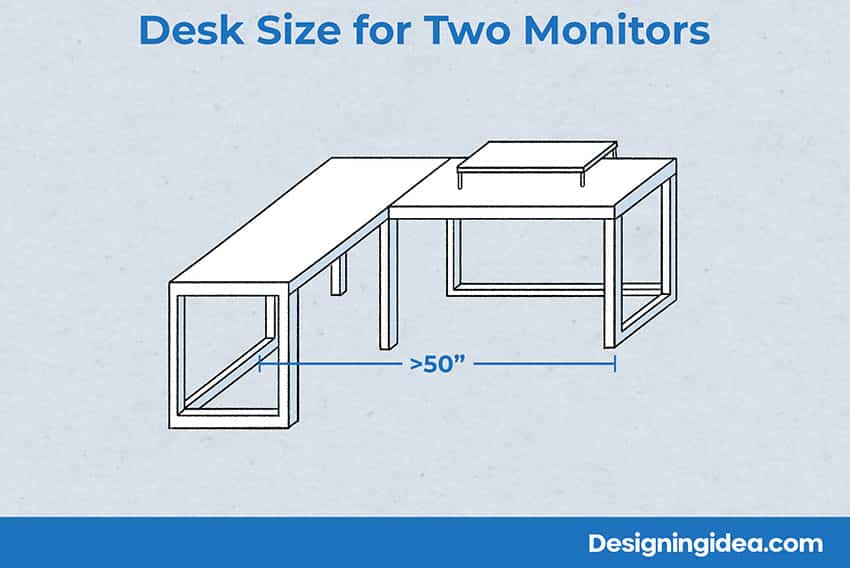
Having two monitors could require a pretty big type, one that could support not just multiple monitors but office essentials, a few resource books, and what have you. Ideally, it should accommodate two screens beside each other and be tilted at a slight angle. An L-shaped design is excellent for increased productivity for those who want a designated writing space.
Assuming that your monitor comes in the usual size of at least 20 inches wide, you should have a desk with a width of somewhere not below 50 inches with a depth big enough to fit both your keyboard, a mouse, and other small items.
Small Desk Width and Height
A smaller desk, like one for students, is not as large as it should be. Most don’t provide adequate space for both a book, a notebook, and writing paraphernalia at the same time. Small sizes usually come in sizes no bigger than around 24-30 inches in width and 18 inches long.
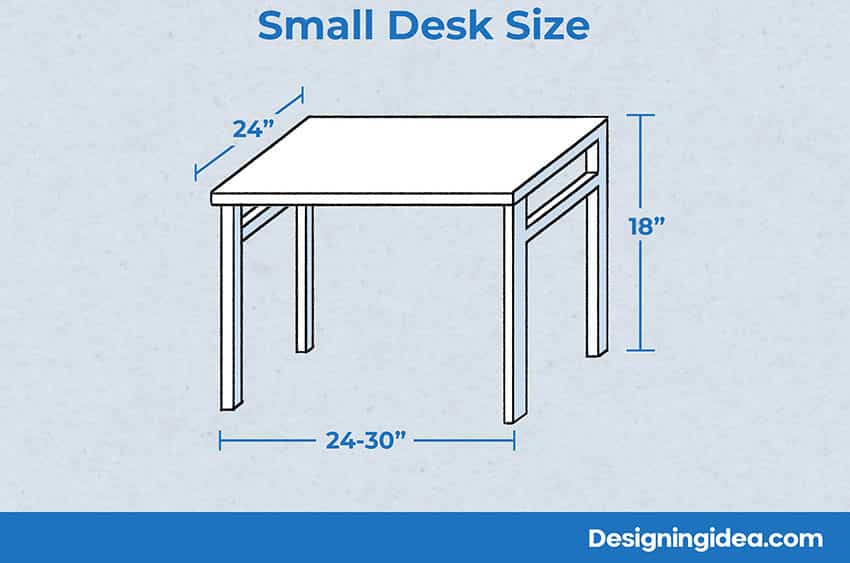
A utility desk is another type you should consider under the small category with a depth of 24 inches and a width of 48 inches. It could house a screen and enough writing space perfect for the distance education set-up for students.
Desk Chair Size
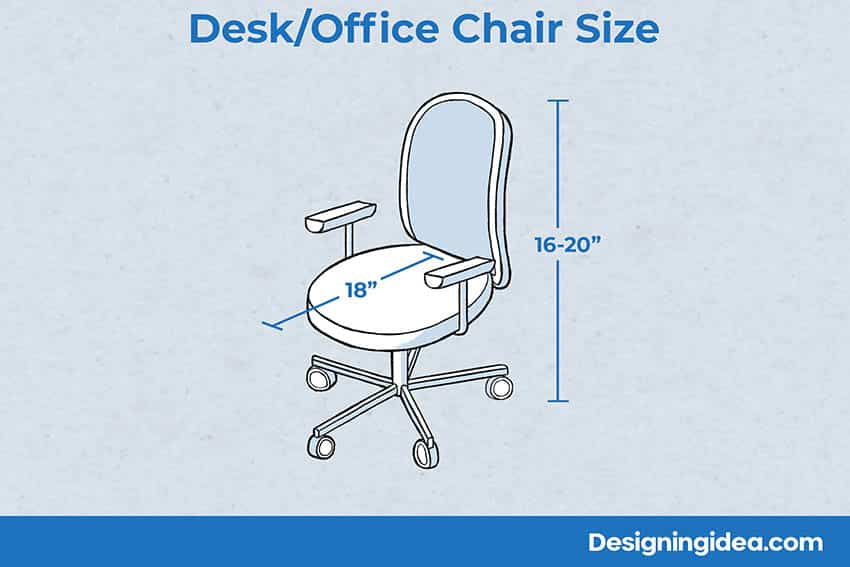
Desk or office chairs are specifically designed for performing tasks. They are constructed with a high level of adjustability to conform according to the user’s ergonomic inclination and height. Office chairs usually should be capable of rotating a full 360 degrees, rolling on wheels, and office chairs could adjust both armrests and seats.
Some chairs are made for optimum back support, and other high-end office chairs are ergonomically designed to support prolonged seating. Usually, a desk chair should be at a height just below the length of a user’s knee cap when standing. This body height allows your feet to rest flat on the floor and your knees to ergonomically bend at a 90-degree angle.
These chair sizes are recommended to be around 16 to 20 inches tall and somewhat 18 inches deep. If backs are available on the seat, they are typically about 14 inches high. If an armrest is available, it should carry the arms without raising the shoulders.
Exercise Ball Size for Sitting at Desk
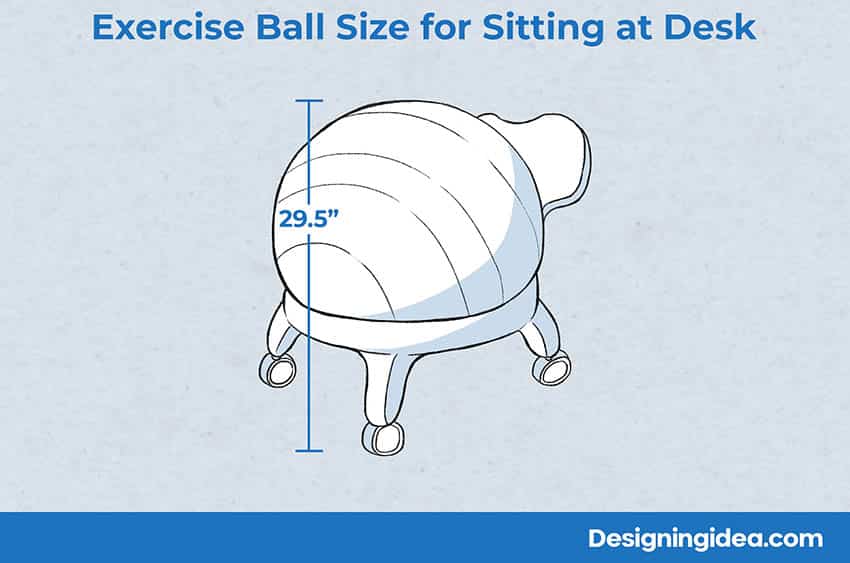
Due to its physiological health benefits, the exercise ball has recently entered the workplace and home offices. The instability of an exercise ball necessitates the need for an increase in trunk muscle activation and, in turn, improves core strength and posture, and decreases discomfort.
When using an exercise ball as an office chair — for an average person between the height of 5.5- 6 ft an exercise ball with a height of 29.5 inches or 75 centimeters is advisable.
When sitting in an exercise chair, the thighs and knees should still be adjacent to the floor with your knees bending at a 90-degree angle, and the feet should lay flat on the floor. Using an adjustable standing type, you may be able to better adjust the height position for optimum comfort.
To further enhance your productivity in a home office or business setup, consider using a range of accessories that complement your workspace. Start with a high-resolution monitor to provide clear, crisp visuals for your projects. Pair it with an ergonomic keyboard and a responsive mouse to ensure comfort and efficiency throughout your workday.
For communication clarity, especially in an active home environment, invest in a quality headset. This can help with maintaining focus and reduce the background noise during your virtual meetings. Additionally, consider adding task lighting to reduce eye strain and create an inviting space for all times of the workday.
What did you think about this article? Is there any office furniture or equipment we missed? If so, let us know in the comments.

